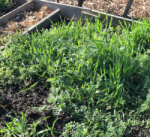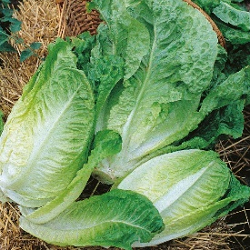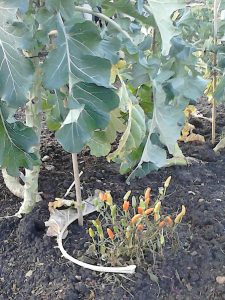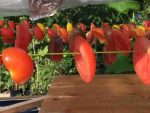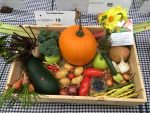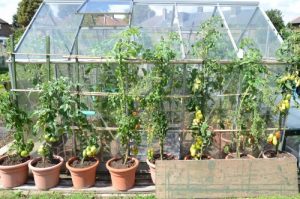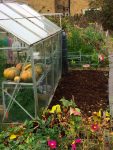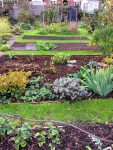You may have read about using Green Manures to improve your plot. Timing can be difficult, however, and the variety of options confusing.
Green manures, often sown in late summer or autumn, take up nutrients, preventing them being washed away by winter rain. When dug in the following spring, they release these nutrients back into the soil. It’s a nutritional feast for your soil.
Different varieties can be used throughout the year – some good for getting a bad patch back into cultivation, and others good for productively filling a patch after a crop has finished. Sown from seed in any patch you want to improve, they should grow within 6 weeks and have the extra advantage of keeping down the weeds while they do so!
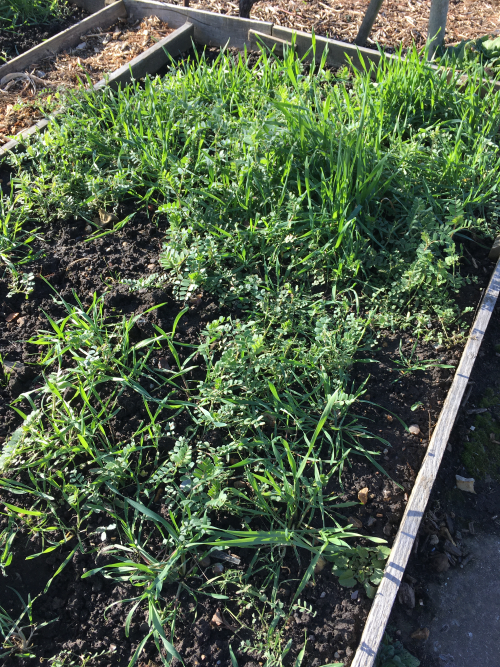
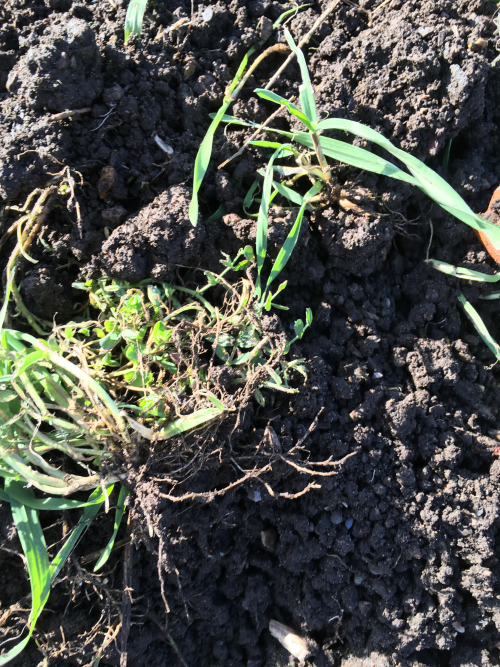
Here’s some good green manure advice from the RHS – for instance in an area with club root, don’t use mustard green manure. Read more from the RHS..
So – if you can see a time gap between crops or just want to plan ahead to improve your soil, take a look at the selection of different green manures in the Store. There will be one to fit your plans…

